The Deep Dig
Arctic Fashion: Fins, Feathers, & Furs
Live Online
Thursdays, Apr. 3 - 24 2025, 6:30 pm - 8:00 pm ET
$175 General | $125 Member
Register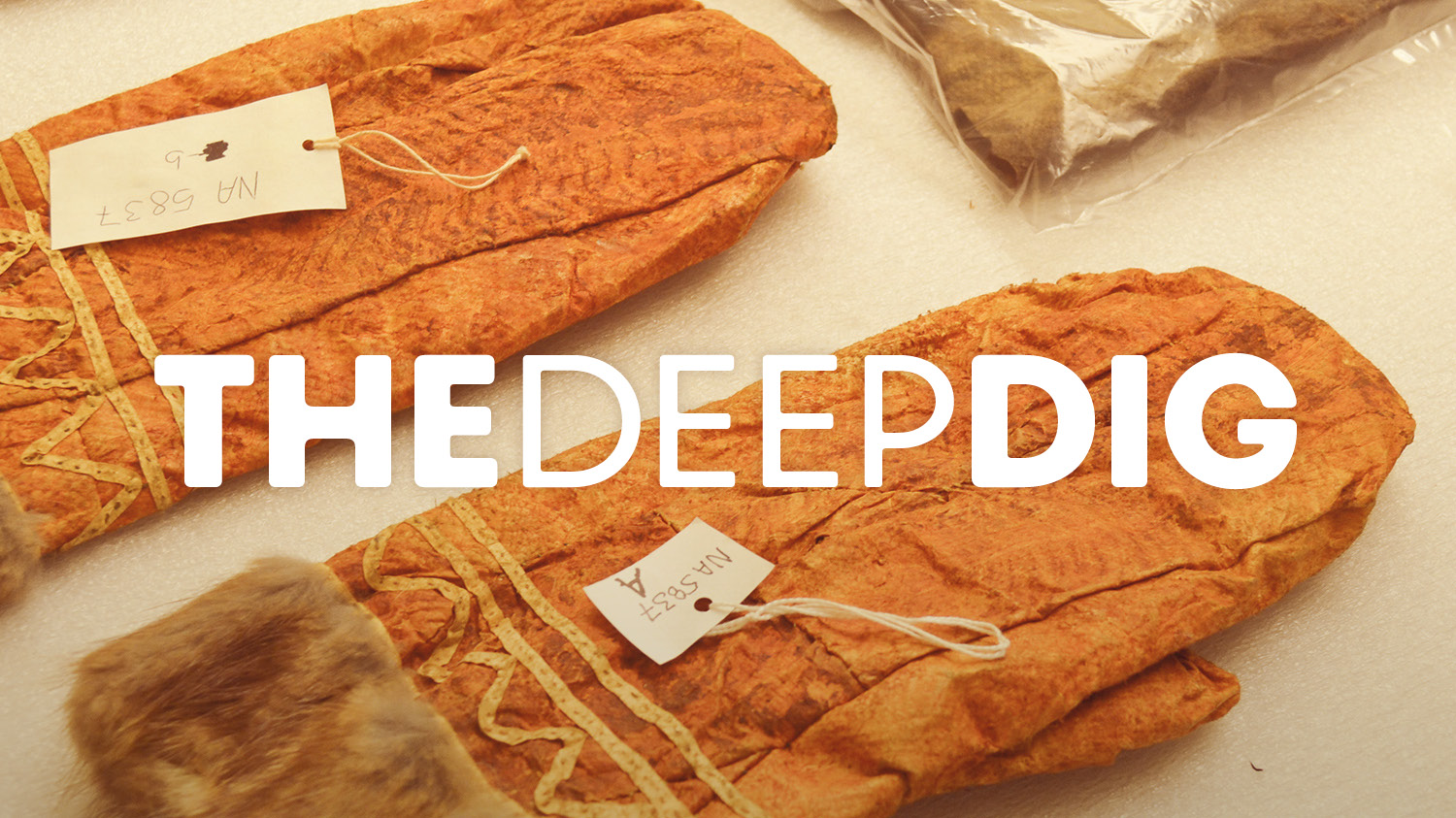
Cultivate your curiosity about ancient history, exciting excavations, and cultural heritage connected to the Penn Museum's unparalleled collection and research. This Deep Dig course consists of five live virtual classes led by a stellar lineup of Penn Museum experts. You’ll also have access to digital readings, online archival research, and videos. Recordings of the live class will be available if you miss a session. No archaeology or anthropology background required; just bring your love for lifelong learning!
Respect and reverence for the creatures that make life possible is an enduring aspect of the lives of northern Indigenous peoples across the circumpolar world. It is inherent in their language, their customs and practices, and in their material culture.
In partnership with the Smithsonian Institution’s Arctic Studies Center at the National Museum of Natural History, we present a captivating four-week program exploring the rich cultural heritage and sustainable innovations of Arctic fashion. Hear from Indigenous artisans, scholars, and museum experts as they share how traditional practices connect communities to their environment and inspire contemporary approaches to sustainability.
April 3: Arctic Fashion: Sustainability, Identity, and Healing
Dr. Elisa Palomino and Dr. Stephen Loring share how Indigenous seamstresses and artisans from the circumpolar world transformed materials like fur, gut, and fish skin into clothing that embodies beauty, resilience, and cultural heritage. Explore how these traditional practices inspire modern sustainability movements and challenge the environmental impacts of Western fashion.
April 10: Salmon Entanglements: Fish Skin Material Culture
Dr. Elisa Palomino and June Simeonoff Pardue dive into the rich cultural and material connections between wild salmon and Arctic Native societies. Learn how fish skin was used for sustenance, clothing, and spiritual practices, and how Indigenous resilience continues to adapt these traditions amidst environmental and cultural challenges.
April 17: Inuit Clothing Traditions – Regional Innovations
Traveling from Alaska across the Canadian Arctic and Greenland, ancestors of contemporary Inuit settled the North American Arctic. Inuit women worked with a variety of animal resources to create an ingenious array of protective fur clothing. Bernadette Driscoll Engelstad and Bernadette Miqqusaaq Dean highlight the distinct regional forms of Inuit clothing by contrasting the use of maritime resources in the Eastern Arctic and land-based resources in the clothing forms of northern Alaska and the central Canadian Arctic. Video excerpts from the documentary, Inuit Piqutingit (What Belongs to Inuit) recount the journey of Inuit Elders exploring historical Inuit clothing preserved in North American museum collections.
April 24: Respect for the Animals, Gifts of the Land, Arctic Clothing and Indigenous Knowledge
The Smithsonian’s National Museum of Natural History and National Museum of the American Indian and the Penn Museum hold among the largest and best-documented collections of ethnographic materials from the Arctic regions.
Among these collections, clothing often captivates the greatest attention and interest. These garments, once worn daily by men, women, and children, were crafted from the gifts of animals and the land—gut, fur, feathers, fish skin, and grass. They act as a bridge between past and present, embodying respect for the natural world and the relationships between people and the environment. This session concludes with a roundtable discussion hosted by Dr. Stephen Loring and William Wierzbowski, joined by Yup’ik/Inuit partners, exploring the Arctic collections of these two institutions, celebrating the relationship between Arctic Native Peoples and nature, and spotlighting the respect for animals revealed in their clothing and accouterments.
Presented in partnership with Smithsonian Institution’s Arctic Studies Center at the National Museum of Natural History

Speakers
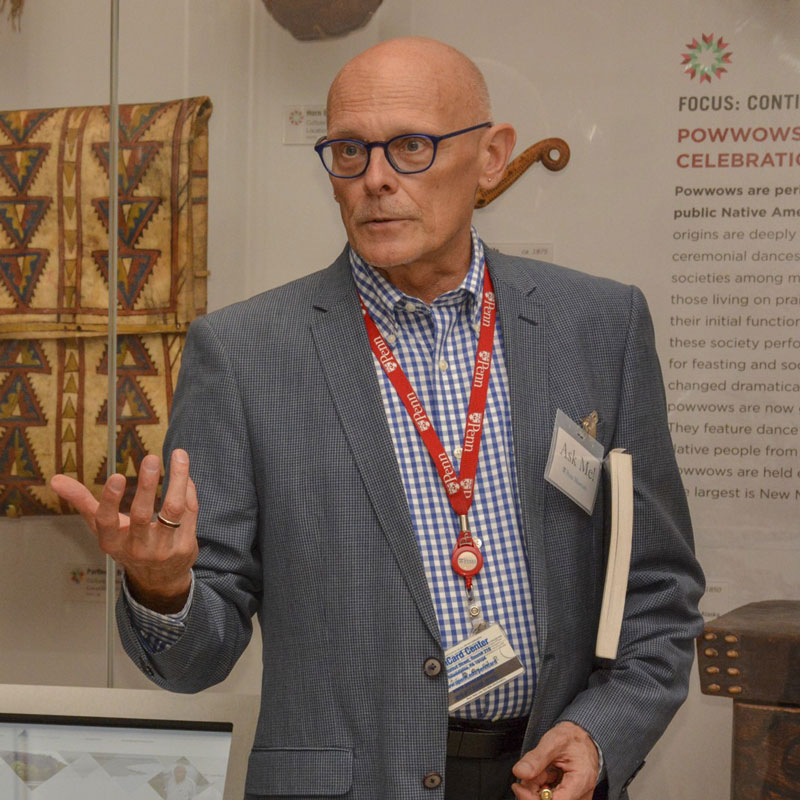

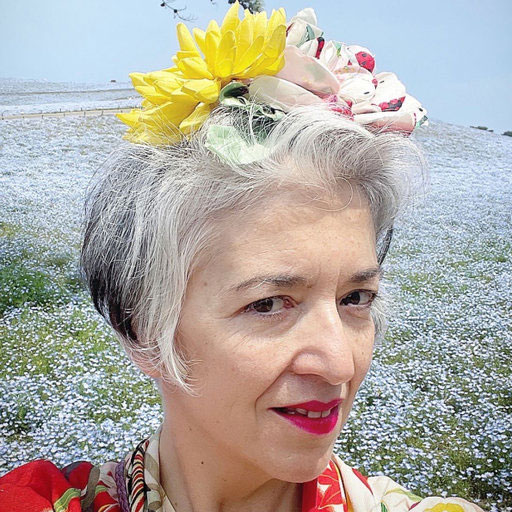
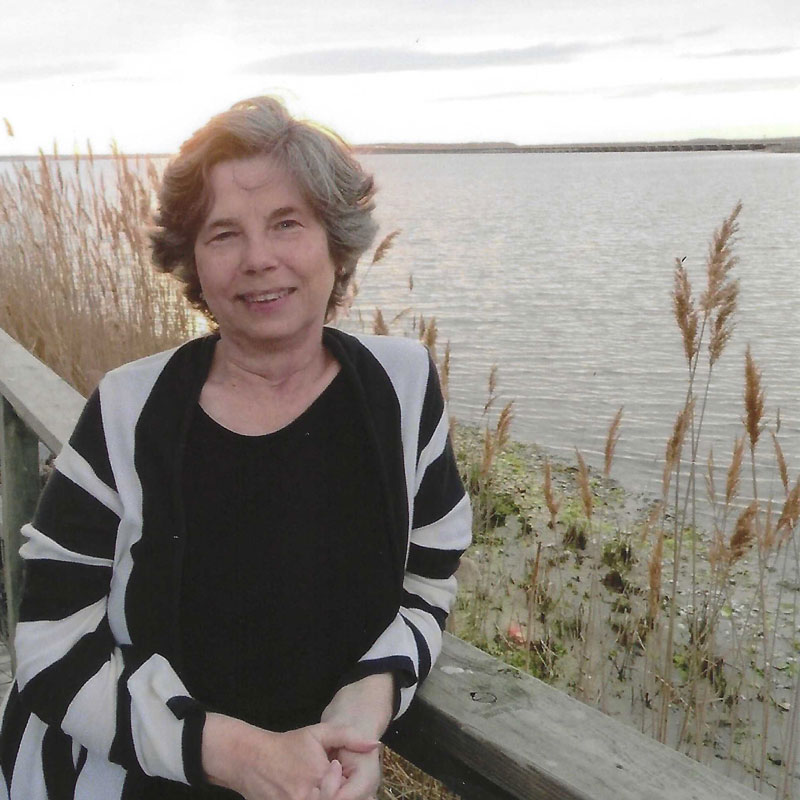
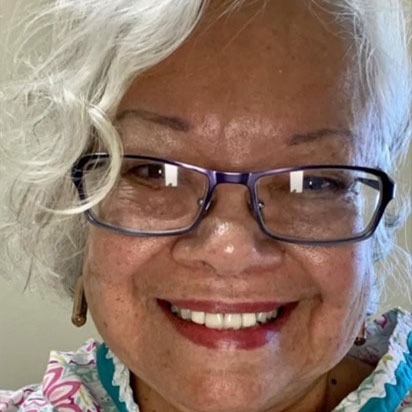
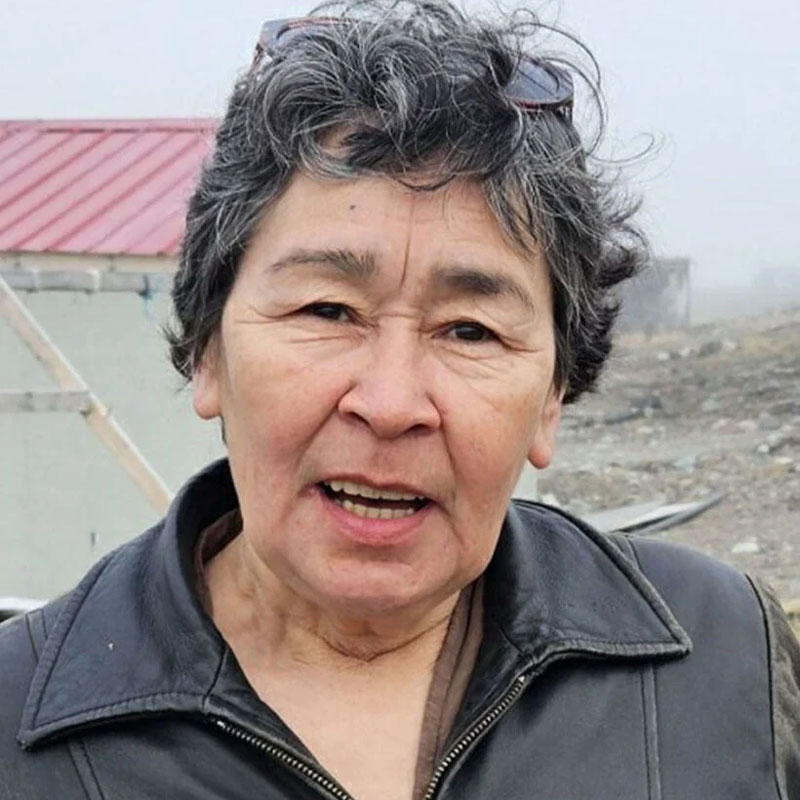
William Wierzbowski is the Keeper of the American Collections, focusing on historic Native American art and material culture, gender studies in Native American culture, and NAGPRA issues.
Stephen Loring, Ph.D., is a Museum Anthropologist and Arctic Archaeologist with the Smithsonian’s Arctic Studies Center. He has conducted archaeological, ethnohistorical and paleoclimatic research in the Eastern Canadian Arctic and the Aleutian Islands in Alaska. He helps curate the Smithsonian’s circumpolar cultural collections.
Elisa Palomino, Ph.D., is Research Associate at the Smithsonian Arctic Studies Center, working on fashion anthropology, education, and sustainable fashion. Ph.D. on ‘Indigenous Arctic Fish Skin Heritage’. Recipient of Fulbright, Kluge Library of Congress, Max Planck Institute, Koç University ANAMED and Fondazione Cini fellowships.
Bernadette Driscoll Engelstad, a Research Associate at Smithsonian Institution. She has worked closely with Inuit seamstresses and visual artists, organizing museum exhibitions and publishing widely on Inuit clothing design and contemporary art.
June Simeonoff Pardue Is an Indigenous Alutiiq and Inupiaq artist from Old Harbor village, Kodiak Island, Alaska. Recognized grass weaver, fish and sea mammal skin sewer, storyteller, and beader. Native Arts tutor at University of Alaska Anchorage. Works in the Alutiiq Museum, Kodiak History Museum, Autry National Center in Los Angeles, Sheldon Jackson Museum in Sitka, and the Alaska Native Heritage Center.
Bernadette Miqqusaaq Dean (Rankin Inlet, Nunavut) founder of the project, Somebody’s Daughter, has promoted the preservation of traditional clothing skills among youth in northern communities. Working with filmmaker Zacharias Kunuk, she co-directed the documentary, Inuit Piqutingit (What Belongs to Inuit), a research project connecting Inuit Elders and educators with historic Inuit clothing collections in North American museums.
Frequently Asked Questions



